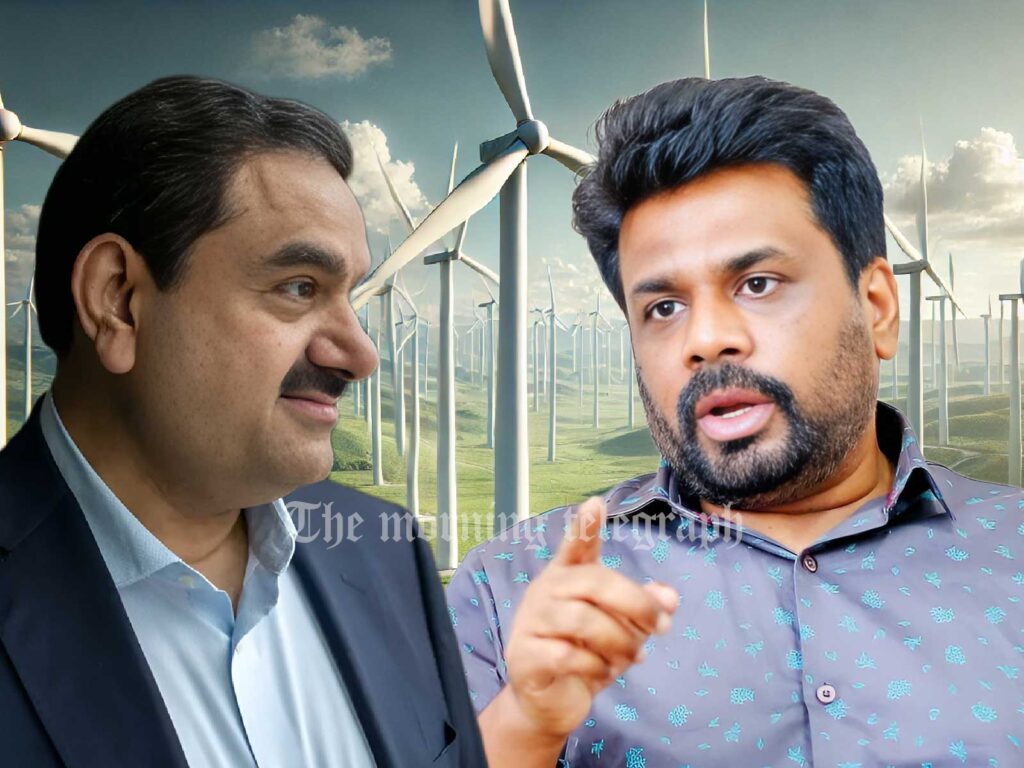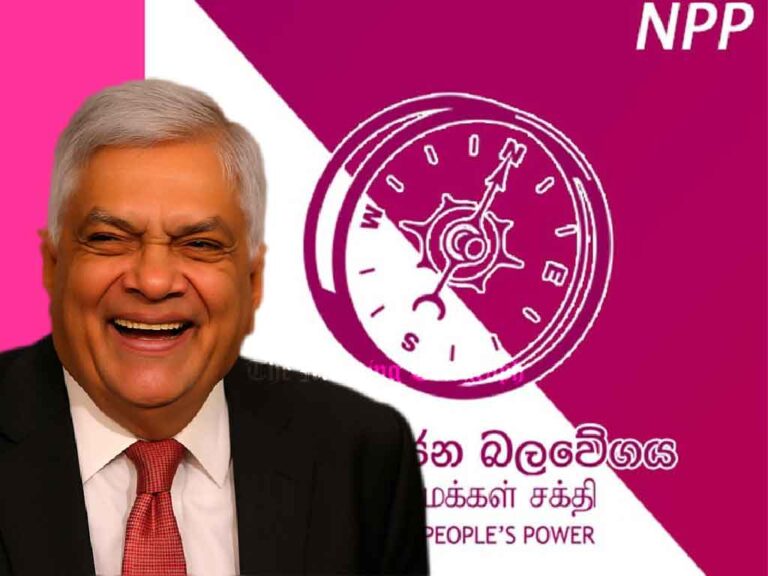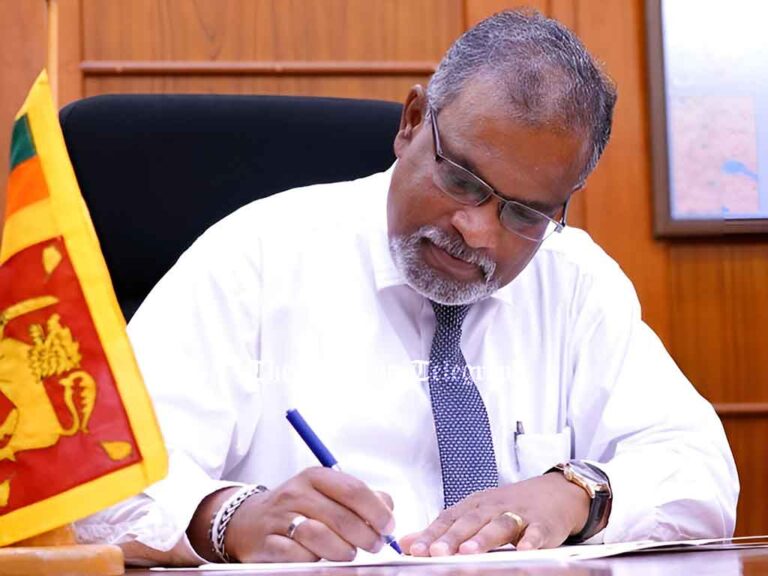
President Anura Kumara Dissanayake has addressed the withdrawal of Indian conglomerate Adani from its wind power projects in Sri Lanka for the first time while presenting the 2025 budget in Parliament. In his remarks, he criticized unjustified energy pricing practices and reaffirmed the government’s commitment to energy diversification and regulatory reforms to benefit the country.
Emphasizing the significance of the energy sector in Sri Lanka’s economic development, President Dissanayake highlighted ongoing efforts to modernize infrastructure, expand renewable energy investments, and introduce competitive pricing models. He stated that Sri Lanka welcomes both local and foreign investments, but only under terms that provide maximum benefits to the nation. He further stressed that the government does not seek dependence on any single company or country and will continue prioritizing policies that encourage affordable and sustainable energy solutions.
During his speech, the President pointed out a significant disparity in energy pricing, which he suggested played a key role in Adani’s withdrawal. He revealed that a recent tender for a 50 MW wind power project was awarded at a cost of US$ 4.65 per unit, which stands in stark contrast to Adani’s proposed tariff of US$ 8.26 per unit. He argued that it is unjustifiable to approve projects at significantly higher rates, reinforcing the government’s stance on ensuring fair pricing in the energy sector.
Additionally, he outlined plans to amend the Electricity Act to facilitate internal restructuring of the Ceylon Electricity Board (CEB), ensuring greater transparency and efficiency in the sector. He stressed that the government’s energy investment strategy is aimed at providing electricity at competitive costs for industries, exporters, and consumers, rather than catering to external political or business interests.
Shifting focus to Sri Lanka’s strategic energy assets, President Dissanayake also addressed the development of the Trincomalee Oil Tank Complex, which consists of 99 tanks with an operational capacity of 10,000 metric tons each. While some tanks have already been allocated to the Ceylon Petroleum Corporation and Indian Oil Company (IOC), he noted that 61 oil tanks remain unused. Given Trincomalee’s strategic location, he emphasized that the facility presents a unique opportunity for Sri Lanka to integrate into the international fuel market. The government is now exploring plans to develop the complex as a joint venture with internationally recognized institutions, aiming to enhance fuel security and economic sustainability for the country.
President Dissanayake’s statements reflect a decisive shift in Sri Lanka’s energy policy, prioritizing cost efficiency, competitive investments, and reduced foreign dependency. His stance makes it clear that future energy deals will be structured in Sri Lanka’s best interest, focusing on affordability and long-term stability rather than influences from external corporations or governments.




